Sightseeing goes to a new different level when you discover how beautiful the palaces built over centuries are. Maybe you are a photography enthusiast or maybe you just love beautiful things, you must admit… some buildings become amazing after dawn!
Whichever would be the case, you have to check our list of 10 most beautiful night buildings in the world!
More info: bit.ly
1. The Royal Palace of Madrid
The Royal Alcázar of Madrid was built in the 16th Century but it burned down in 1734.
On the request of King Fellipe V, in 1738, the construction of a new palace started on the site of the old Alcázar. The palace was finished in 1755, but the first to occupy the palace was King Carlos III in 1764.
Nowadays The Royal Palace of Madrid is the official residence of the Spanish Royal Family but it’s only used for state ceremonies. The palace has 135,000 square metres (1,450,000 sq ft) and 3,418 rooms.
2. The Peterhof Palace
The Peterhof Palace complex is a monument of Russian expansion and modernization occupying an area of 3,934.1 ha as a whole.
As Peter the Great had a great impact in the modernization and development of Russia, he left behind a Russian landmark so great it got the nickname of “Russian Versailles”.
Peter captured the Swedish provinces on the Eastern coast in 1703 and started building his capital at St Petersburg. After his visit to the French Royal Court in 1717, Peter the Great felt inspired by the grandeur of the Palace of Versailles. As a direct response he sought the expansion of the Peterhof Palace, employing several architects over the century giving birth to the Petrine Baroque style.
3. The Palace of Culture Iasi
A palace with a legend that says it has the same number of rooms as the year has, the nowadays Palace of Culture is located over the mediaeval Princely Court of Moldavia from 1434.
The first rebuilding and expansion project of the Palace of Moldavia was ordered by Prince Alexandru Moruzi in 1803. By 1841 the Palace is rebuilt once again by Prince Mihail Surdza.
In 1906 the Palace went through a Neo-Gothic style rebuilding process which was halted by World War I, but was finished in 1925, being inaugurated one year later by King Ferdinand of Romania.
Nowadays, after the 2008 – 2016 Restauration, the Palace of Culture is one of the most impressive constructions in Romania, with a size of 34,236 square metres (368,510 sq ft), and is designed with Neo-Gothic, Neo-Baroque and even Art Nouveau elements.
4. The Palace of Versailles
Over a small village and a church, in 1631, Louis XIII ordered the construction of a château of brick and stone with gardens that reached almost the size Versailles gardens have today.
Starting with Louis XIV the Palace of Versailles became the main royal residence of France, until the the French Revolution in 1789.
The Palace of Versailles has a floor area of 67,000 square metres (721,182 sq ft) and 1070 ha as a whole, with a 9,467 ha buffer zone
5. The Hofburg Palace
The Hofburg Palace had been the main imperial palace and seat of government for the Habsburg dynasty since 1279 and it kept being expanded until 1913. It also served as the imperial winter residence. The Palace continues today to be the official residence and workplace for the President of Austria.
The Hofburg Palace has 18 wings, with a total of 2550 rooms and 19 courtyards, having a whole size of 240,000 square metres (2,583,338 sq ft).
6. The Winter Palace of St Peterburg
The construction of the first Winter Palace started in 1711 and it continued to be built and altered since 1730 until 1837. It served as an official residence for the Russian Emperor and through the monumental scale it reflected the might and power of Imperial Russia.
Nowadays The Winter Palace has 1500 rooms and a size of 60,000 square meters (645,835 sq ft).
7. The National Palace of Queluz
The National Palace of Queluz was conceived in the 18th century as a summer residence for Dom Pedro of Braganza. The palace is one of the last great Rococo buildings to be designed in Europe and it’s also known as the Portuguese Versailles despite being far smaller.
Nowadays the National Palace of Queluz has 511 square meters (5500 sq. ft.) and since 1957, the “Dona Maria Pavilion”, from the palace’s east wing, was transformed into a guest house for visiting heads of state.
8. The Umaid Bhawan Palace
In 1920s the city of Jodhpur, the second largest city in the Indian state of Rajasthan, faced a period of 3 consecutive years of severe drought and famine. In order the help the farmers in the area, King Umaid Singh ordered the construction of a palace which would provide employment for the local population. The construction started in 1928 and it was finished in 1943.
Nowadays Umaid Bhawan Palace is one of the world’s largest private residences and it’s owned by Gaj Singh. It has 347 rooms and is set in an 11 ha area, including 6.1 ha of gardens.
9. The Schönbrunn Palace
Initially a mansion built in 1548 called Katterburg, The Schönbrunn Palace was rebuilt and remodelled to its current form by Empress Maria Theresa in 1740-50s. It served as the main summer residence for the Habsburg monarchs and the history of the palace and its vast gardens reflect their changes in taste, interests, and aspirations.
Schönbrunn has 1441 rooms and a whole size of 186.28 ha with a 260.64 ha buffer zone.
10. Pena National Palace
In 1838, King consort Ferdinand II acquires the ruins of an old monastery and the surrounding area and decides to transform the place into a summer residence for the Portuguese royal family. The Pena Palace building process started in 1842. It was mostly finished in 1847 but due to Queen Maria II and King Ferdinand’s intervention in the matter of decoration, the construction was finished in 1854.
14Kviews
Share on FacebookJeez, Panda, what happened? These are just beautiful pictures. Where's the controversy and social outrage? What an unique idea.
Jeez, Panda, what happened? These are just beautiful pictures. Where's the controversy and social outrage? What an unique idea.
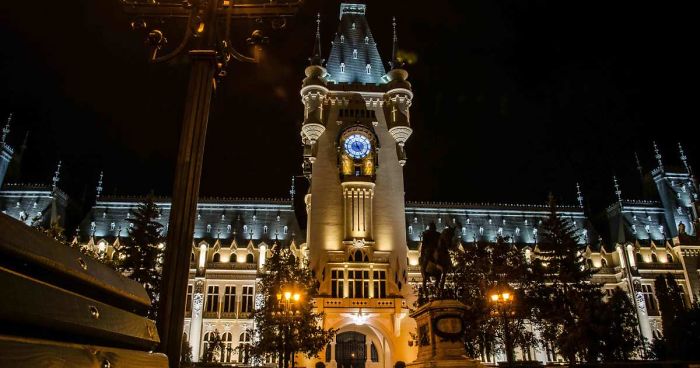
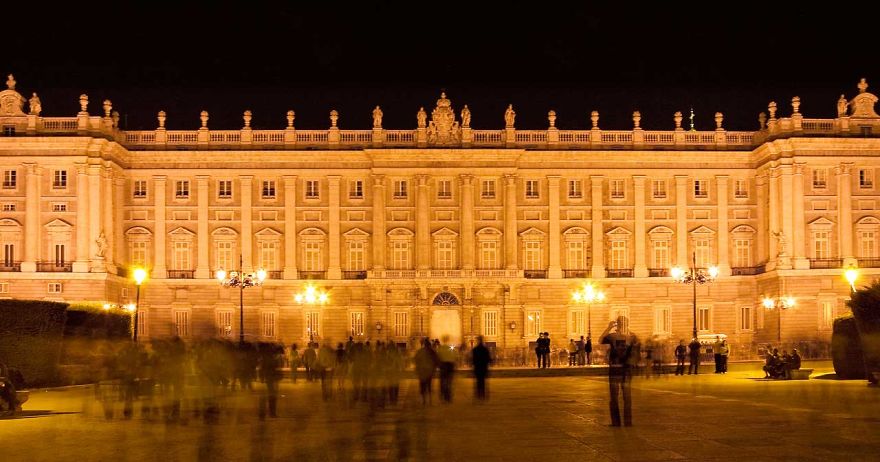
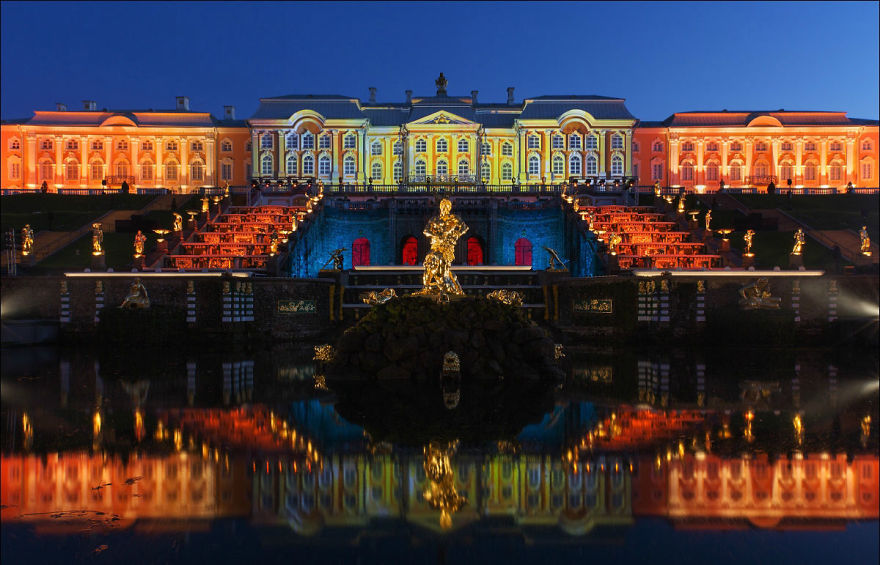
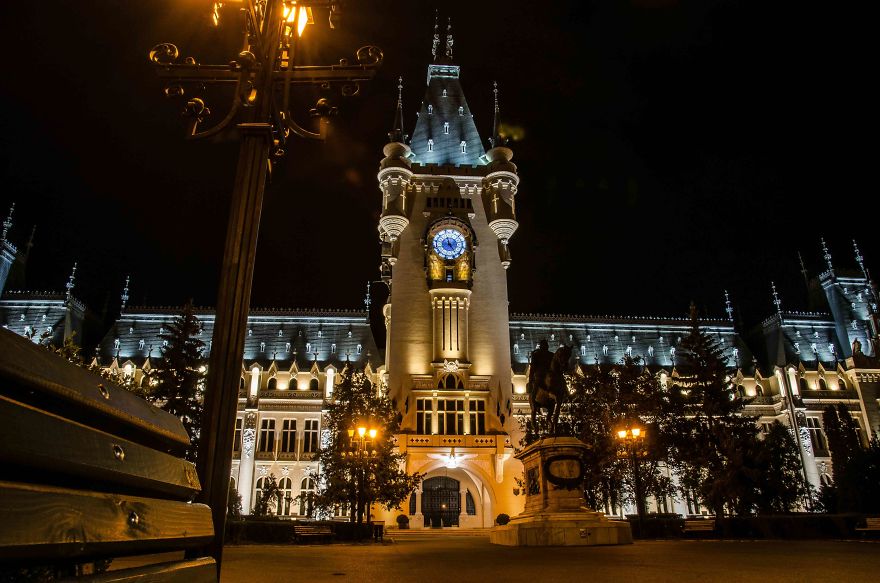

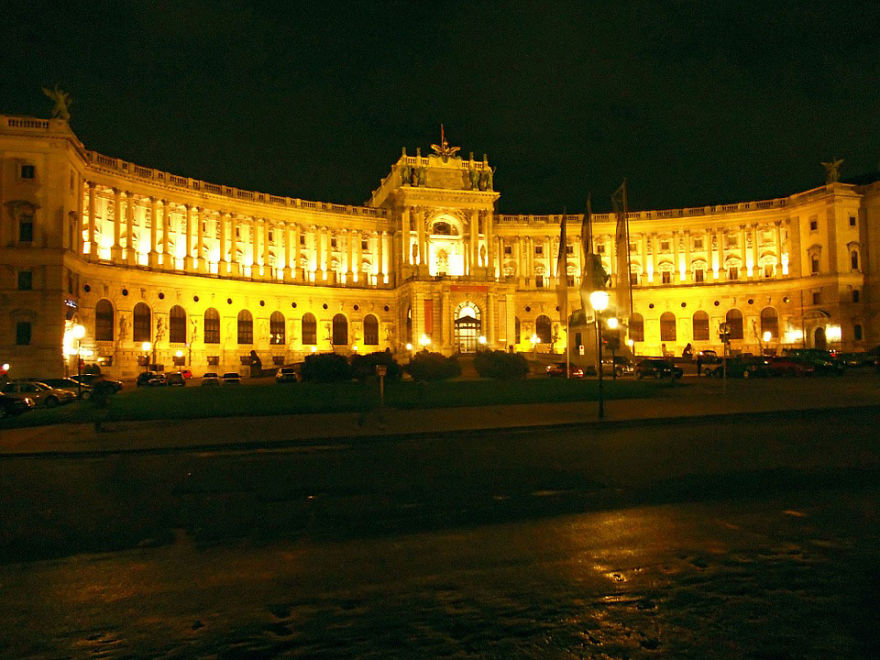
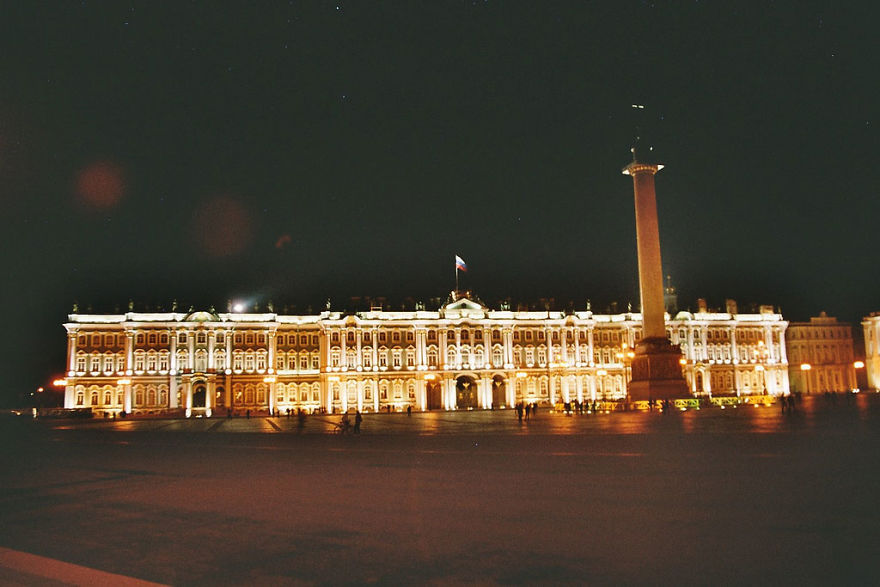
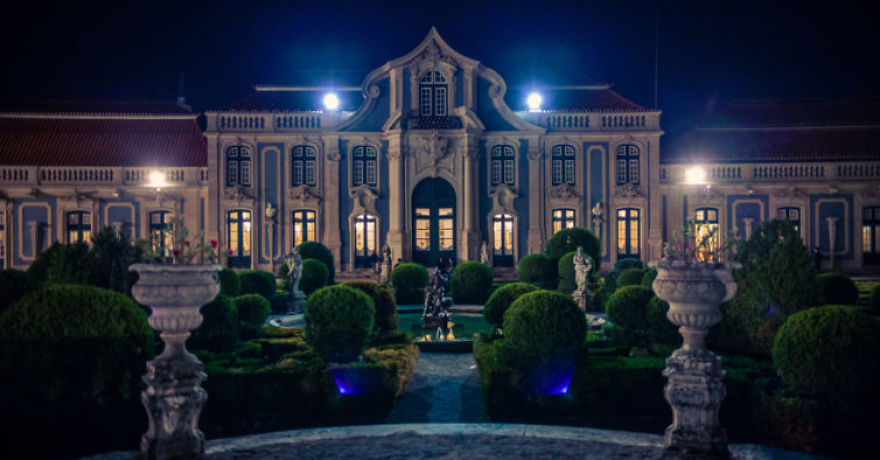
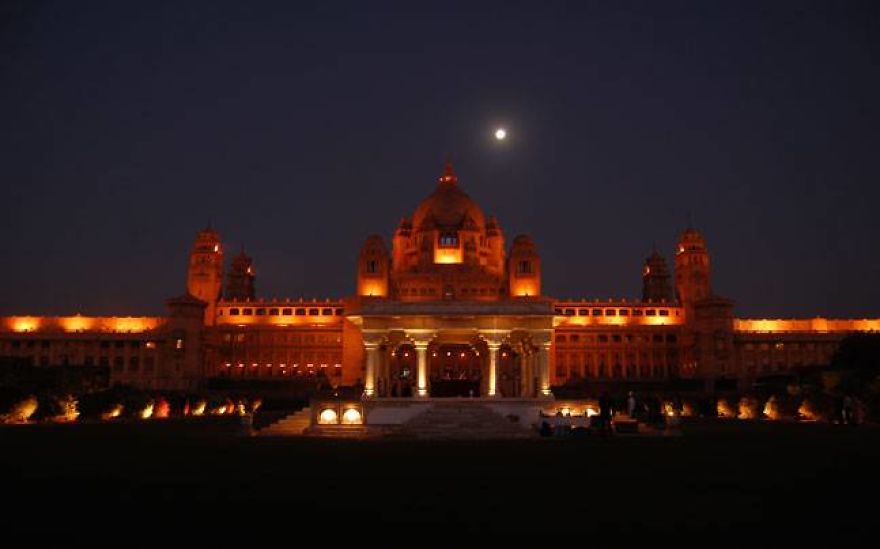

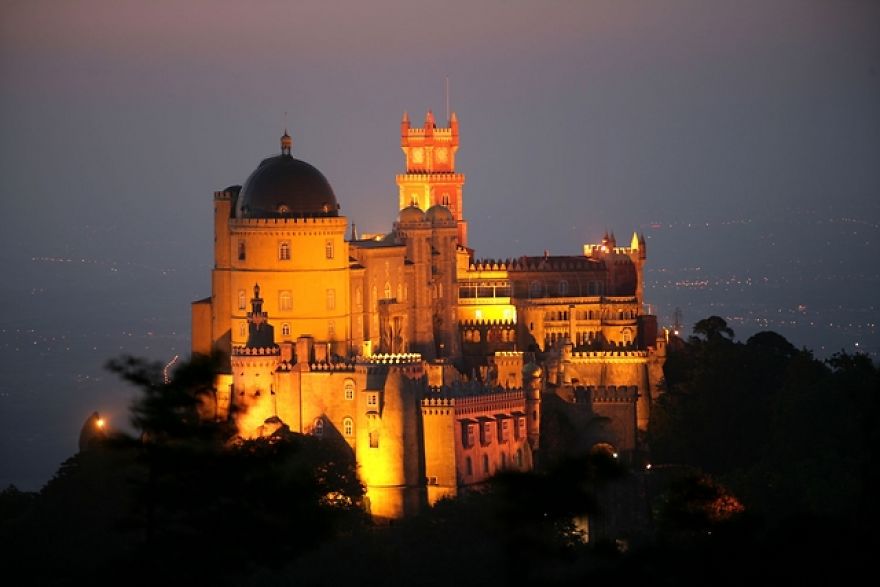

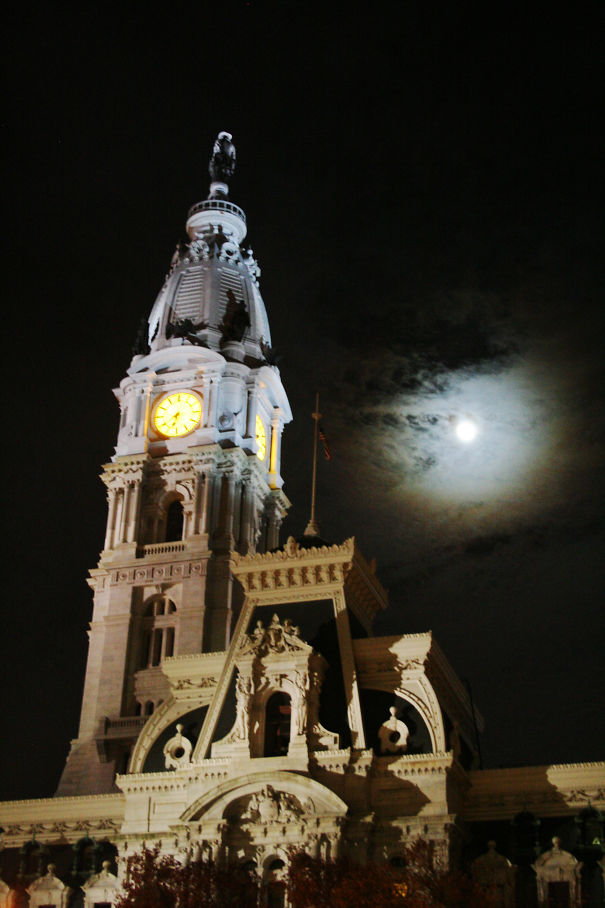

13
4